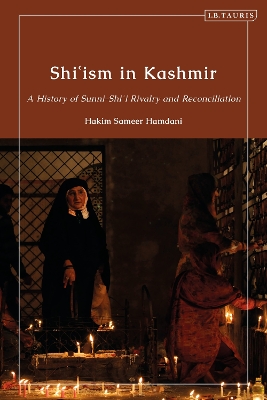Library of Islamic South Asia
1 total work
When Muslim rule in Kashmir ended in 1820, Sikh and later Hindu Dogra Rulers gained power, but the country was still largely influenced by Sunni religious orthodoxy. This book traces the impact of Sunni power on Shii society and how this changed during the 19th and early 20th centuries.
The book identifies a distinctive Kashmiri Shii Islam established during this period. Hakim Sameer Hamdani argues that the Shii community’s religious and cultural identity was fostered through practices associated with the martyrdom of Imam Hussain and his family in Karbala, as well as other rituals of Islam, in particular, the construction and furore surrounding Marak, the historic imambara (a Shia house for mourning of the Imam) of Kashmir’s Shiis. The book examines its destruction, the ensuing Shii-Sunni riot, and the reasons for the Shii community’s internal divisions and rifts at a time when they actually saw the strong consolidation of their identity.
The first study dedicated to Shia Islam in Kashmir, the book also sheds light on the emergence of the more ecumenical Muslim outlook we see in Kashmir today.
The book identifies a distinctive Kashmiri Shii Islam established during this period. Hakim Sameer Hamdani argues that the Shii community’s religious and cultural identity was fostered through practices associated with the martyrdom of Imam Hussain and his family in Karbala, as well as other rituals of Islam, in particular, the construction and furore surrounding Marak, the historic imambara (a Shia house for mourning of the Imam) of Kashmir’s Shiis. The book examines its destruction, the ensuing Shii-Sunni riot, and the reasons for the Shii community’s internal divisions and rifts at a time when they actually saw the strong consolidation of their identity.
The first study dedicated to Shia Islam in Kashmir, the book also sheds light on the emergence of the more ecumenical Muslim outlook we see in Kashmir today.
